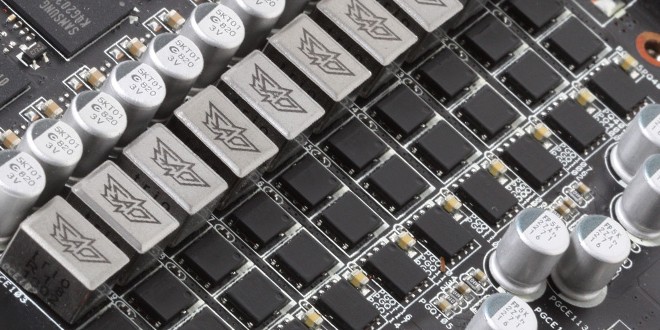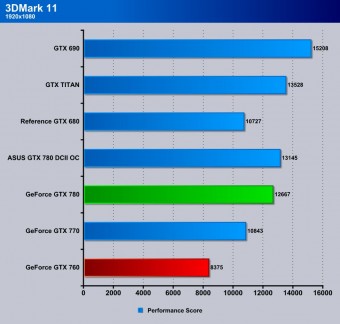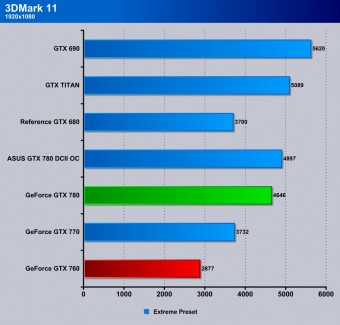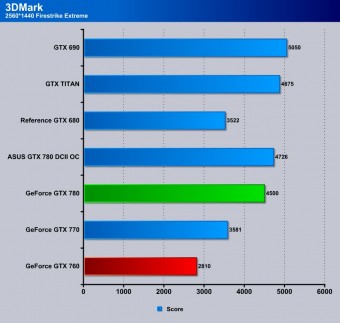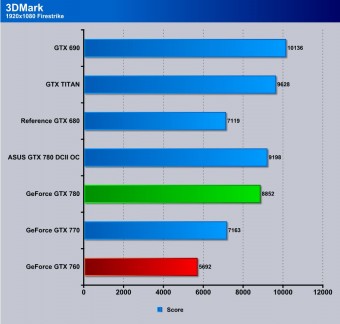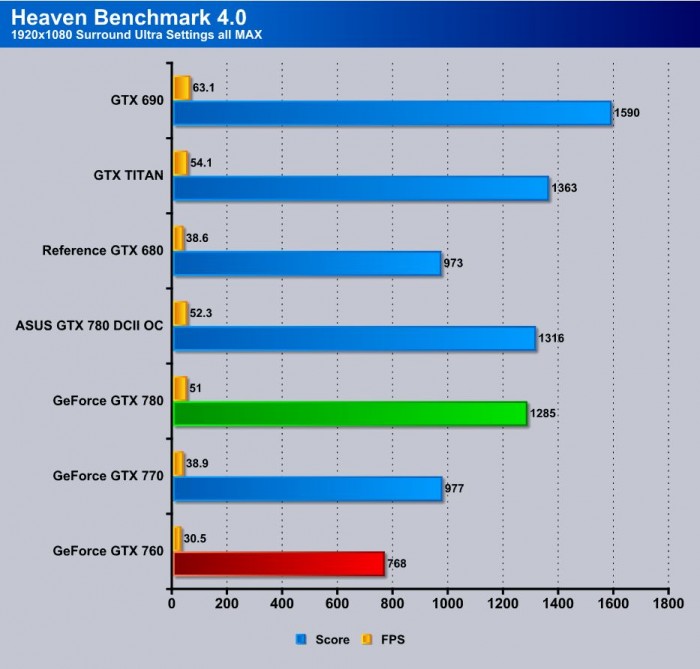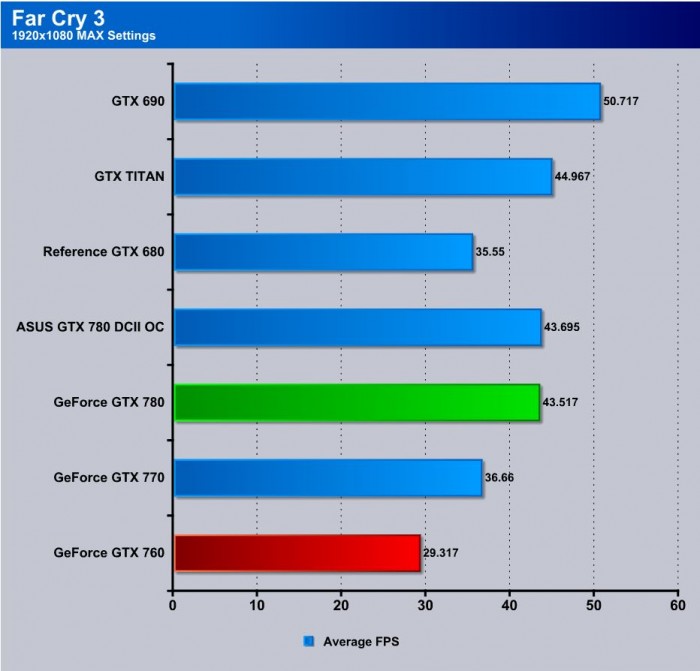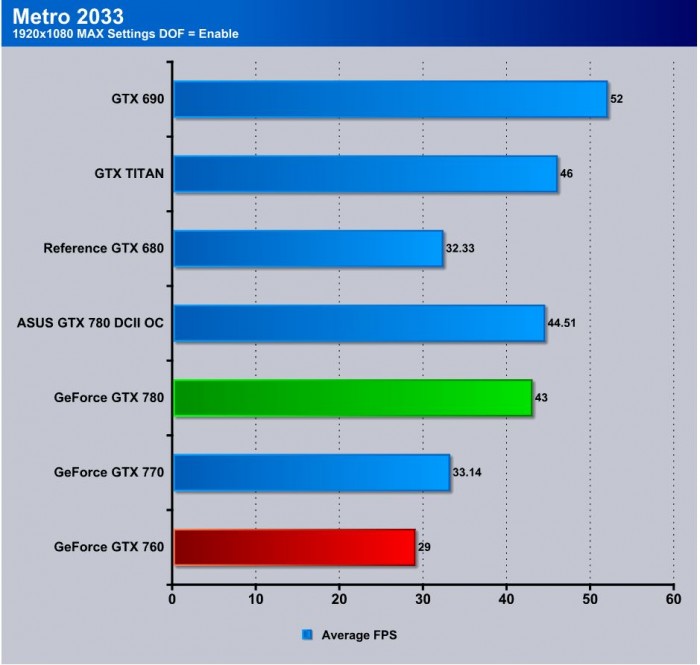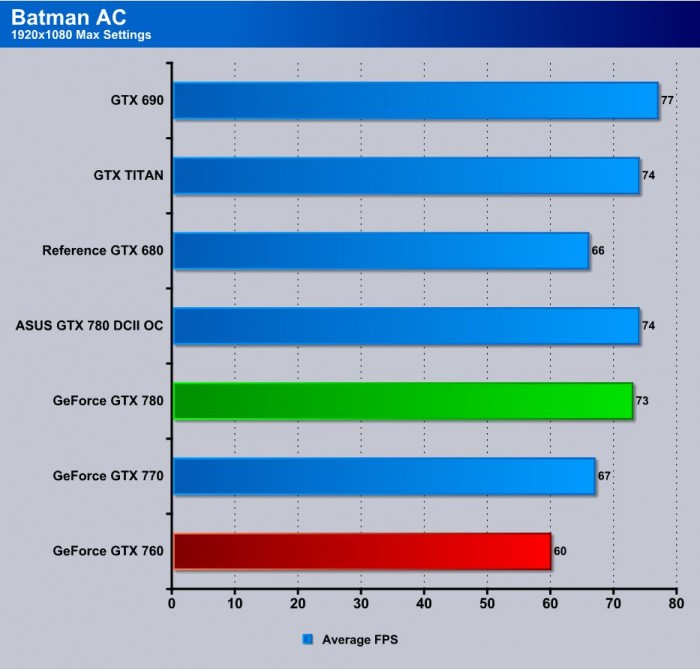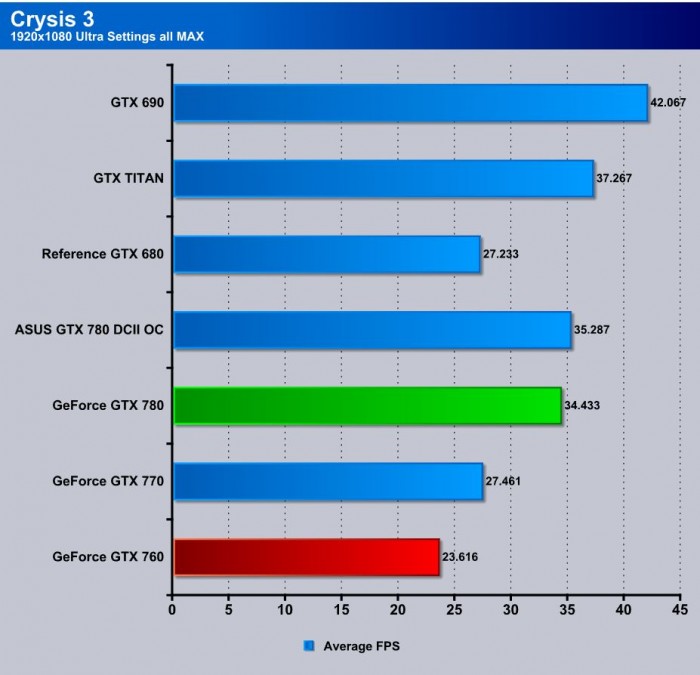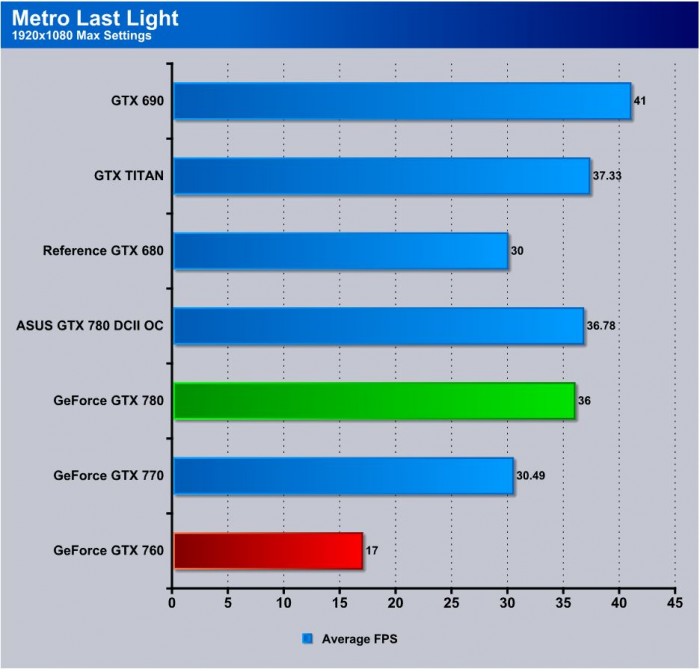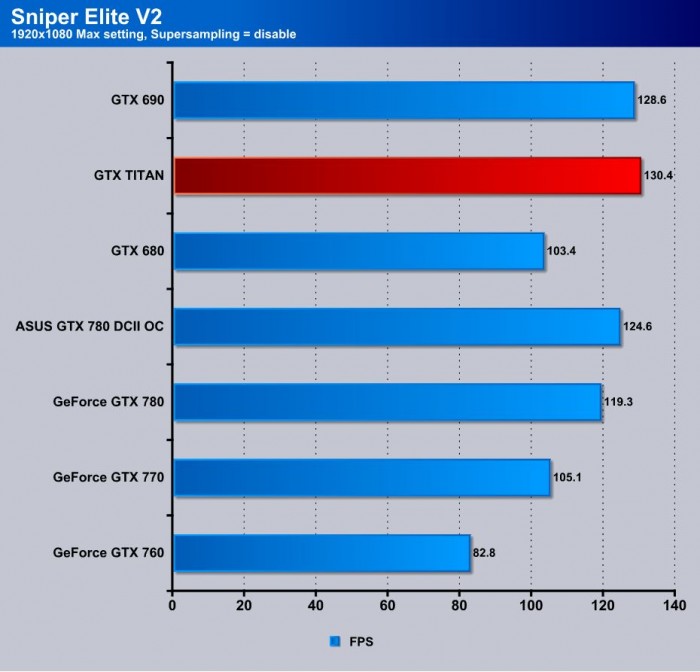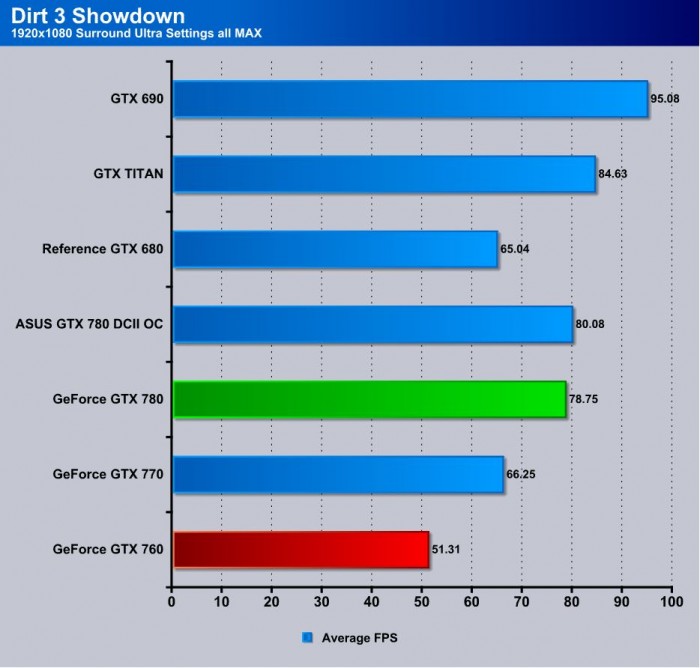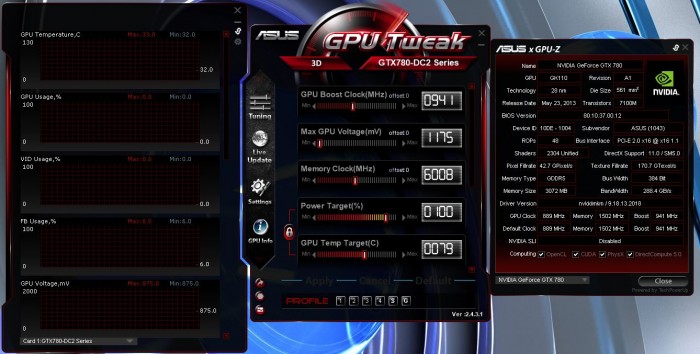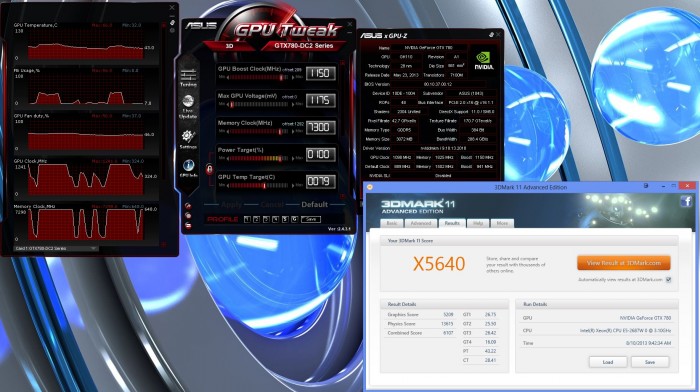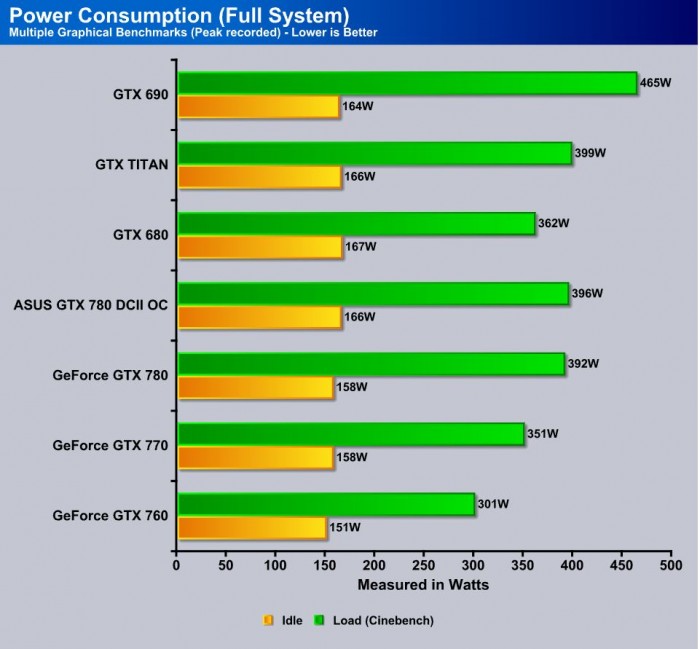Testing Methodology
The OS we use is Windows 8 Pro 64bit with all patches and updates applied. We also use the latest drivers available for the motherboard and any devices attached to the computer. We do not disable background tasks or tweak the OS or system in any way. We turn off drive indexing and daily defragging. We also turn off Prefetch and Superfetch. This is not an attempt to produce bigger benchmark numbers. Drive indexing and defragging can interfere with testing and produce confusing numbers. If a test were to be run while a drive was being indexed or defragged, and then the same test was later run when these processes were off, the two results would be contradictory and erroneous. As we cannot control when defragging and indexing occur precisely enough to guarantee that they won’t interfere with testing, we opt to disable the features entirely.
Prefetch tries to predict what users will load the next time they boot the machine by caching the relevant files and storing them for later use. We want to learn how the program runs without any of the files being cached, and we disable it so that each test run we do not have to clear pre-fetch to get accurate numbers. Lastly we disable Superfetch. Superfetch loads often-used programs into the memory. It is one of the reasons that Windows Vista occupies so much memory. Vista fills the memory in an attempt to predict what users will load. Having one test run with files cached, and another test run with the files un-cached would result in inaccurate numbers. Again, since we can’t control its timings so precisely, it we turn it off. Because these four features can potentially interfere with benchmarking, and and are out of our control, we disable them. We do not disable anything else.
We ran each test a total of 3 times, and reported the average score from all three scores. Benchmark screenshots are of the median result. Anomalous results were discounted and the benchmarks were rerun.
Please note that due to new driver releases with performance improvements, we rebenched every card shown in the results section. The results here will be different than previous reviews due to the performance increases in drivers.
Test Rig
| Test Rig | |
| Case | Test Bench |
| CPUs | Intel XEON E5-2687W |
| Motherboards | ASUS Rampage IV Extreme |
| Ram | Kingston HyperX Beast 64GB (8x8GB) 2133Mhz 11-12-11 Quad-Channel Kit |
| CPU Cooler | Custom Liquid Cooling |
| Hard Drives | 8x Western Digital RE4 2TB 7200RPM 3Gb/s Hard Drives (Raid 5) |
| SSD | 3x Kingston HyperX 240GB SATA III 6Gb/s SSD |
| Optical | ASUS DVD-Burner |
| GPU | ASUS GeForce GTX 780 DirectCU II OC 3GB Video CardNvidia GeForce GTX 770 2GB Video CardNvidia GeForce GTX 780 3GB Video CardNvidia GeForce GTX 680 2GB Video CardNvidia GeForce GTX TITAN 6GB Video CardNvidia GeForce GTX 690 4GB Video Card |
| GeForce Drivers | 320.14 (GTX 680, 690 and TITAN) 320.18 (GTX 780, 770) |
| PSU | Thermaltake Toughpower XT 1475W Gold |
| Mouse | Tt eSPORTS Theron Gaming Mouse |
| Keyboard | Tt eSPORTS Meks G1 Illuminated |
Synthetic Benchmarks & Games
We will use the following applications to benchmark the performance of the ASUS GTX 770 DirectCU II OC video card.
| Benchmarks |
|---|
| 3DMark 11 |
| 3Dmark 2013 |
| Crysis 3 |
| Far Cry 3 |
| Metro 2033 |
| Unigine Heaven 4.0 |
| Batman Arkham City |
| Dirt 3 Showdown |
| Metro Last Light |
| Sniper Elite V2 |
3DMark 11

Here you can see in 3DMark 11 the ASUS GTX 780 pulls a nice lead over the reference card and thats with only a mild clock out of the box.
3DMark 2013
In 3DMark Firestrike and Extreme, the ASUS 780 pulls easy leads as well and holds a nice lead across both testing environments.
Unigine Heaven 4.0

Unigine Heaven is a benchmark program based on Unigine Corp’s latest engine, Unigine. The engine features DirectX 11, Hardware tessellation, DirectCompute, and Shader Model 5.0. All of these new technologies combined with the ability to run each card through the same exact test means this benchmark should be in our arsenal for a long time.
Heaven shows a quite good jump for the ASUS 780 gets a little over 1 FPS over the reference card and about 14+FPS over the last gen GTX 680 flagship card.
Far Cry 3
Moving over to Far Cry 3, we used a pre determined path and re-ran each card to monitor average FPS across the complete run. Each run was completed multiple times to ensure continuity and accuracy. The ASUS 780 easily keeps over 30 FPS and stays perfectly playable with no noticeable hitches or stutters whatsoever at maximum possible graphics settings.
Metro 2033

Even after many years, Metro 2033 is still one of the most demanding DX11 video games available to really push the limits of your system. Here the ASUS 780 runs beautifully which is amazing since I remember the 5 series GTX 580’s which simply could not even think of running metro at max settings.
Batman Arkham City

Batman Arkham City is a fun game and utilizes FXAA fully. It is nice to see the full screen anti-aliasing getting picked up by popular titles. When it comes to performance, the ASUS 780 pulls a full FPS over the reference card and 8 FPS over the previous gen top Single GPU Nvidia card.
Crysis 3
Crysis 3 is much like the original Crysis in that playing it at max settings is painful for even the highest end hardware. The ASUS 780 here pulls in just behind the TITAN and I am betting that with a little overclocking you will see it possibly even surpass the TITAN which is excellent due to the 300 dollar plus cost savings by choosing a 780.
Metro Last Light
Here we have Metro Last Light which is a brand new game added to our testing platform as it just came out. If you thought Metro 2033 was stressful, you have seen nothing yet. The particles and lighting, as well as the PhysX effects all add up to an amazing looking game that can put a stun even the most powerful system in its tracks. Here the ASUS 780 sees a very fair average but it still gets dips into lower areas where small stutters can happen so I would say once again for Metro Last Light at absolute top settings you’re gonna want a second card to ensure you have the GPU power to drive Last Light to the way its meant to be seen.
Sniper Elite V2
Sniper Elite V2 is a fun game which, when first released, was quite stressful but still playable on most higher end cards. By now, most cards have surpassed it, and all of the cards we are testing here today break the 100 FPS mark. The ASUS 780 pulls well over the 100 FPS mark and not even a hint of a stutter is seen here.
Dirt 3 Showdown

Dirt 3 Showdown is a visually beautiful game with excellent lighting and overall motion blurring creating a real visual spectacle of a game. The ASUS 780 shows over 80 FPS easily and is super smooth. The game is beautiful and the 780 has no issue at full settings to show the game just as its meant to be seen.
Overclocking

The new Kepler Architecture with GPU boost has been a bit of a bear when it comes to pushing the clocks. This is due to the throttling mechanisms put in place and the fact that it dynamically clocks. Unlike 500 series where we could set a static clock and it just applied the card, Kepler clocks according to many variables, which means that much more care must be shown when applying overclock settings and even monitoring it during the run.
Things such as the thermal target can play a big role in stonewalling your performance during an overclock session, as everything has to be adjusted accordingly to ensure expected performance levels are met.
The ASUS GTX 780 DirectCU II card had no issues and jumped from a standard boost clock setting of 941 to 1150 without as much as a hiccup and it accomplished this with a maximum observed boost clock of 1241 MHz which is huge.and allows for even better performance. What is did find very cool is that even with the overclock reaching this high of a state the max observed thermal from the GPU was 66C which means there is plenty of headroom there but I am betting the GPU would simply require sub ambient cooling long before you reach the limit of the DirectCU II Cooler.
The memory jumped to a super high clock of 7300MHz with full stability and that is not bad at all for 6GHz rated IC’s. The memory clock helped push out 3DMark Xtreme score to over 5600 to a final score of X5640 as you can see above and that in itself is quite impressive as well since you know you have a very large margin for improved performance if you want to take the time and find where your card will go and be happy at.
TEMPERATURES

To measure the temperature of the video card, we used ASUS GPU Tweak (Validated with EVGA Precision X) and ran Heaven Benchmark in a loop to find the Load temperatures for the video cards. The highest temperature was recorded. After looping for 10 minutes, Heaven was turned off and we let the computer sit at the desktop for another 10 minutes before we measured the idle temperatures.
| GPU Temperatures | Temperature (Idle/Load) |
| Nvidia GTX 690 | 32C/81C |
| Nvidia GTX TITAN | 31C/67C |
| Nvidia GTX 680 | 31C/72C |
| Nvidia GTX 780 | 30C/65C |
| Nvidia GTX 770 | 34C/79C |
| ASUS GTX 780 DCII OC | 30C/62C |
The DirectCU II cooler on the 780 surprised me as the GPU never topped 62C but for very small spikes and even when overclocked topped at 66C. Now this is with the fan at auto and I’m sure that with the fan full tilt it could do better but in reality how many people are going to game that way?
This is amazing that the cooler can keep such good thermals even at top air clocks, but also at the same time I am not super surprised as I have used many DCII cards at this point and their performance being awesome does not really jump out to me like it used to as its just what I have come to expect. However this is a double edged sword as I now expect other custom solutions to do the same and sometimes they cannot so that is something that other manufacturers need to learn from is how to balance comfort and performance for a top card.
POWER CONSUMPTION

To get our power consumption numbers, we plugged in our Kill A Watt power measurement device and took the Idle reading at the desktop during our temperature readings. We left it at the desktop for about 15 minutes and took the idle reading. Then we ran Heaven Benchmark for a few minutes minutes and recorded the highest power usage.
Here the ASUS 780 pulled a bit more than the reference 780. But for the performance you get a couple watts is not gonna be a deal killer here. Normally I have seen where ASUS cards pull a bit less than reference but in this case it pulls slightly more.
Review Overview
Performance - 9.5
Value - 9.5
Quality - 10
Features - 9.5
Innovation - 9.5
9.6
The ASUS GTX 780 DCII OC is a top end card with plenty of attitude and aggressive style to wake up any gaming rig. For this it earns the Bjorn3D Golden Bear Award
 Bjorn3D.com Bjorn3d.com – Satisfying Your Daily Tech Cravings Since 1996
Bjorn3D.com Bjorn3d.com – Satisfying Your Daily Tech Cravings Since 1996
